The author desired to write this book because he is excited about the applications of Statistics in each and every field in this world. Statistics is important because today we survive in the world of data and much of the data are processed mathematically with the help of Statistics. When the data is voluminous and unorganised, Statistics plays a powerful role in that scenario. Statistics eradicate the unwanted information and catalogues the useful data in an effortless way making the herculean task of organising inputs seem so effortless and easy.
India as a country which relies so much on agricultural commodities will need to forecast rainfall in term to decide the best time to start planting their products and maximizing their harvest. For analyzing the crop productivity, use of water resources and pre-planning of water resources, it is necessary to do rainfall prediction. Various Statistical techniques for rainfall forecasting is dealt in this book.
Stochastic modeling forecasts the probability of various outcomes under different conditions, using random variables. This book explains how stochastic modeling can be used in rainfall forecasting. Markov Chains are exceptionally useful in order to model a discrete-time, discrete space Stochastic Process of various domains like Finance, Engineering and Science. How Markov Chain could be applied is illustrated in this book.
Fuzzy regression is a fuzzy variation of classical regression analysis. It has been studied and applied to various areas. An autoregressive integrated moving average, or ARIMA, is a statistical analysis model that uses time series data to either better understand the data set or to predict future trends. Auto Regressive Integrated Moving Average ARMA is a model of forecasting in which the methods of auto regression (AR) analysis and moving average (MA) are both applied to time-series data that is well behaved. Seasonal Autoregressive Integrated Moving Average, SARIMA or Seasonal ARIMA, is an extension of ARIMA that explicitly supports univariate time series data with a seasonal component. Applications of all the above said four regression models in rainfall forecasting are depicted in this book.
Artificial neural networks (ANNs) are flexible computing frameworks and universal approximates that can be applied to a wide range of time series forecasting problems with a high degree of accuracy. Artificial Neural Networks (ANNs) have become very popular, and prediction using ANN is one of the most widely used techniques for rainfall forecasting. Hence, ANN and its application in rainfall forecasting is discussed in this book.
The aim of this book is to introduce people with little or no Statistics background to various statistical methods to perform rainfall forecasting and cherish the advancements and techniques in statistics.

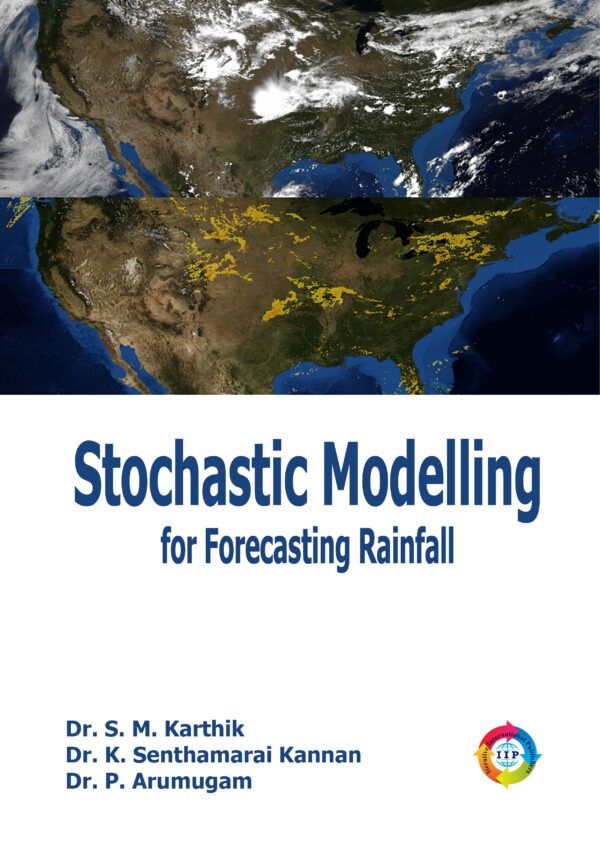
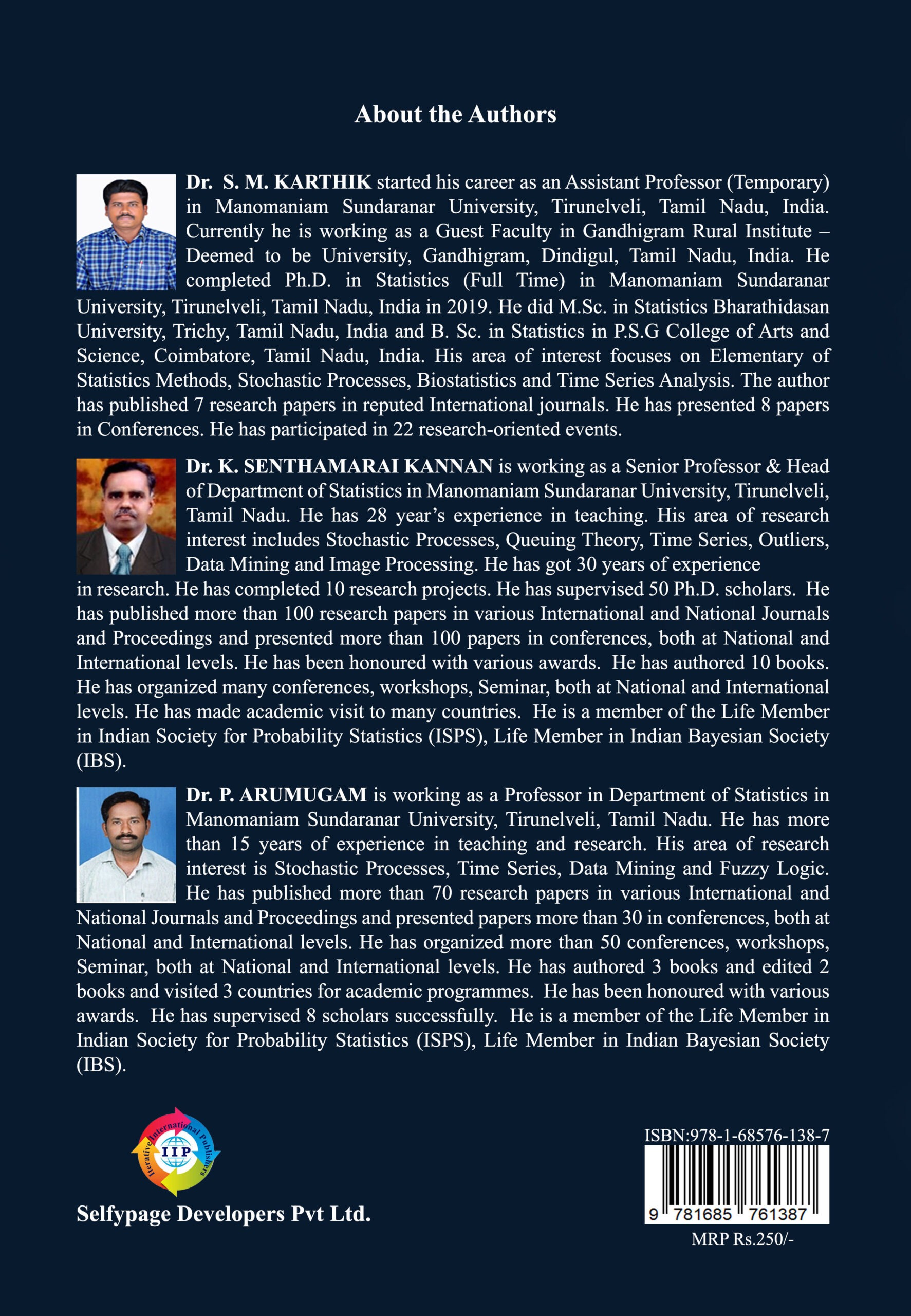
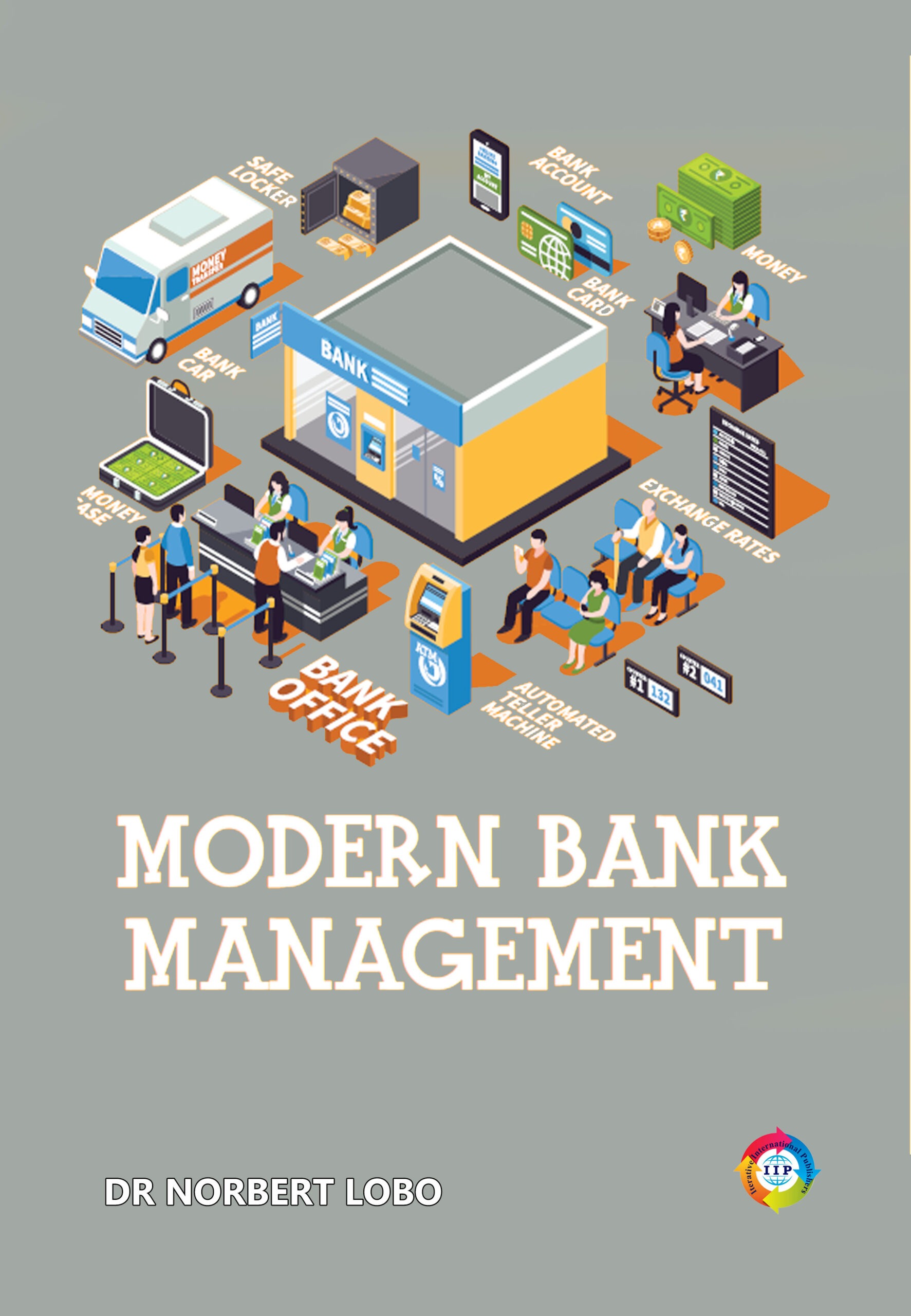
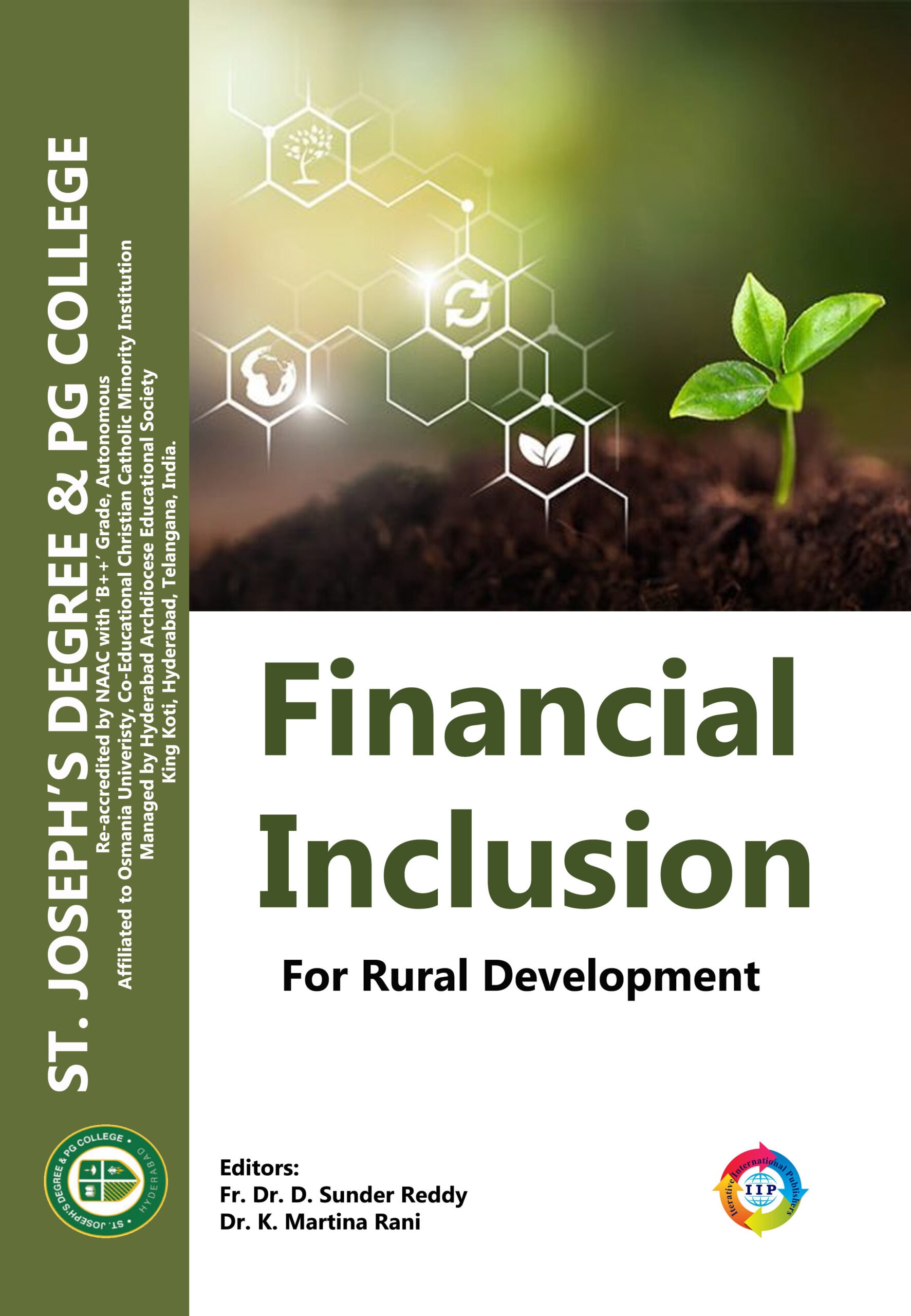


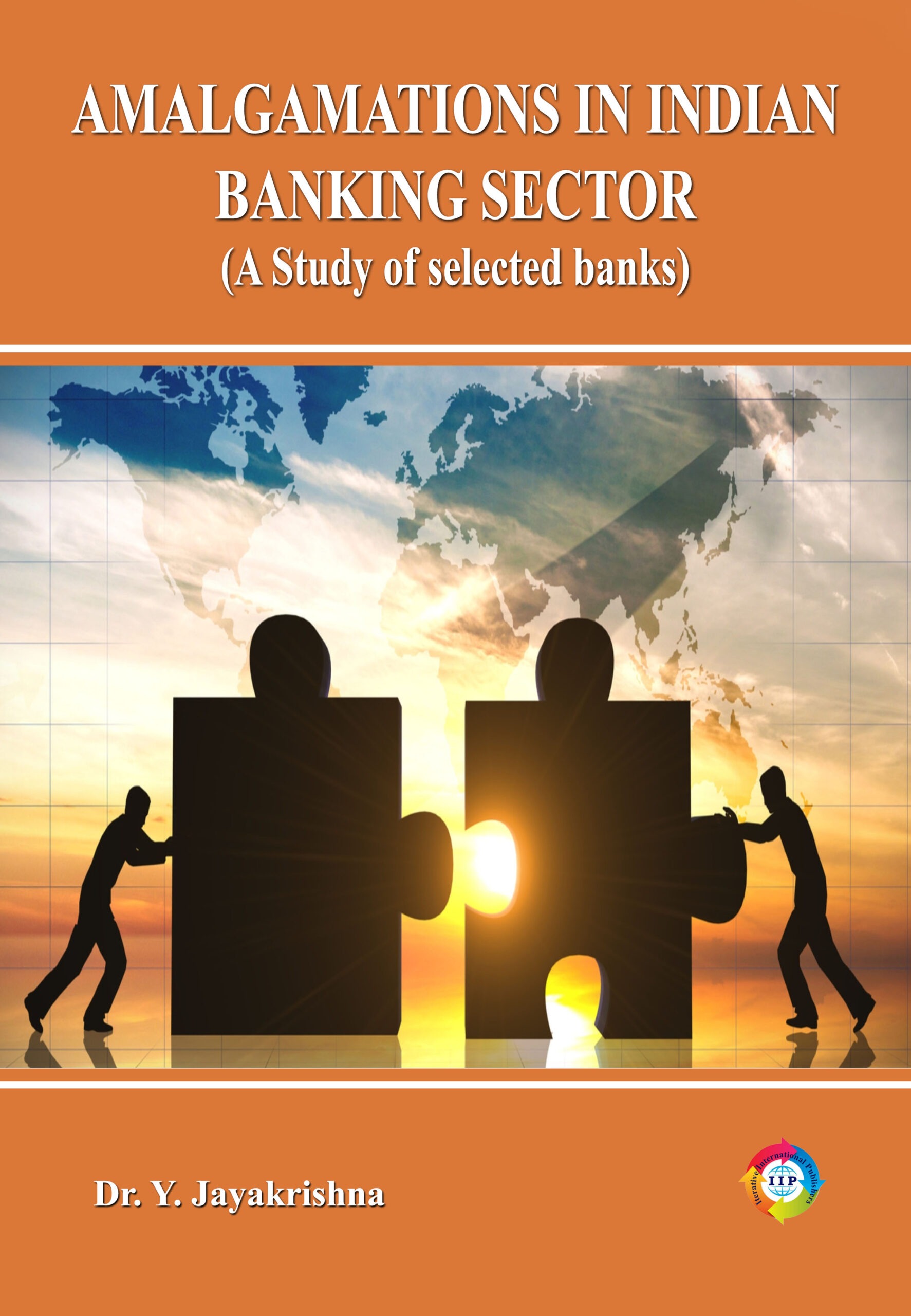

Reviews
There are no reviews yet.